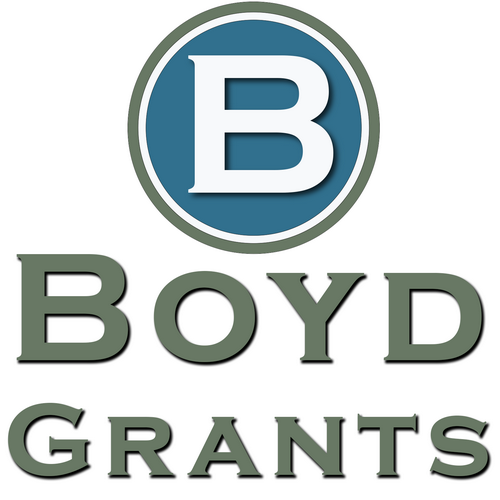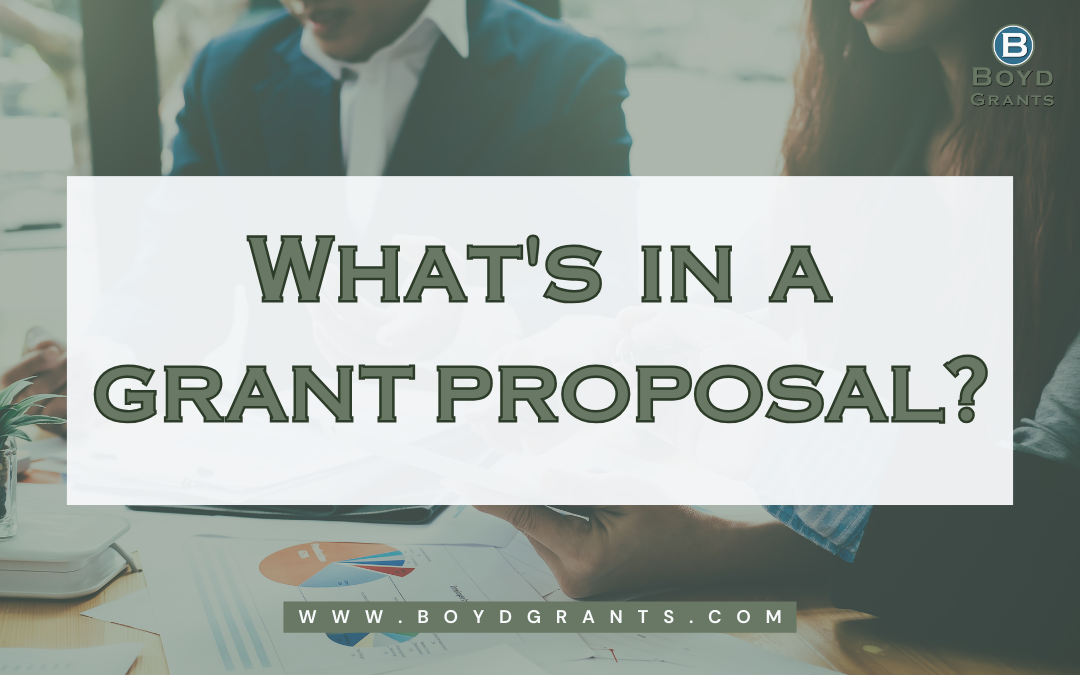Pro tip: before you do anything else to write your grant proposal, start with an outline. That way, all of your research and the information you collect has a home in your final grant proposal.
The key components that make up the bulk of the grants you will find are:
- Abstract or Project Description. This is the part where you describe the project that will be funded. As you describe the project, highlight how it aligns with the mission and purpose of the funding entity to meet mutual goals.
- Institutional Introduction. This is where the funding body gets to meet your institution or organization. Share your story, your mission, and introduce the population and area you serve. This is the section where you show the funder that your organization has the means for proper grant management.
- Statement of need. How do funding gaps translate into gaps in service? How can grant funding enhance or add to the services you already provide? What are the needs of the population you serve and how are they not being met due to budget shortfalls?
- Goals, Objectives & Outcomes. This is where you explain what your project will accomplish and how its success will be observed and measured.
- Plan of Operation. This section is a detailed breakdown of the plan for the project’s execution including key personnel, timelines and milestones, technologies, worksites, etc.
- Staffing and Management. This is where roles are assigned, and the management mechanisms are explained. Include resumes here for roles already assigned.
- Evaluation or Assessment Plan. In this section, you lay out the metrics for measuring the success of your project and how data will be collected and analyzed to interpret results. How do you know when you have achieved your objectives? How can you measure the success of the outcome? Your funder needs to know.
- Budget and Budget Justification. This is a detailed breakdown of the component costs of the project. This may seem daunting, so think of it as a shopping list.
- Appendices – Letters of Support and Memorandums of Understanding. As appendices to your grant proposal, you will need to include letters of support or memorandums of understanding from any partners involved in the project for which you are seeking funding. This shows that they are fully willing and prepared to take responsibility for their role to ensure the project reaches completion. You will also need letters of support from those in leadership roles in the community, political region, or area of service. For example, get letters of support from local, regional, state, or federal elected officials based on the scope of your project. Letters of support from leadership from community nonprofits or influential institutions will lend weight to your application and show that your project is wanted and needed within its broader socio-economic ecology.
The outline will be spelled out in the grant’s application guidelines and vary based on the grant, the funding entity, and the type of grant.


Recent Comments